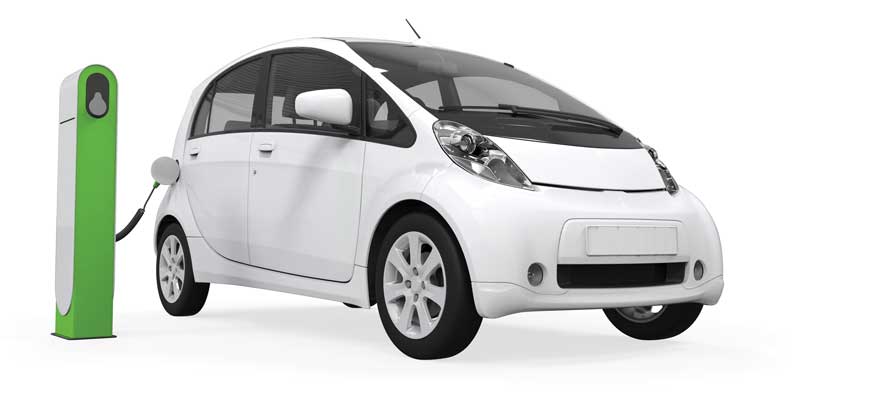
Unintended consequences
Incentivizing purchase of green vehicles is not always a straightforward proposition
Posted on: May 13, 2022; Updated on: May 13, 2022
By Chris Horn, chorn@sc.edu, 803-777-3687
In an ideal world, perhaps everyone would drive electric cars or use public transportation powered by renewable energy — and that world would have cleaner air and far less greenhouse gas emissions.
But in the real world many consumers remain skeptical of plug-in electric and hybrid cars or shy away from those vehicle’s higher price tags. Government-sponsored incentives have helped to some degree, but research by two faculty members in the Moore School of Business reveals those incentives sometimes come with unintended consequences.
Tamara Sheldon, an associate professor of economics, has worked with a team advising California’s Air Resources Board on its rebate policy to encourage purchase of hybrid and all-electric vehicles. She says the board’s original rebate policy was inefficient in increasing the number of such vehicle purchases.
We did simulations that showed if we lower the rebates for high-income individuals, put in price caps on eligible vehicles and ramp up the rebates for low-income individuals, that could dramatically improve the cost-effective metric.
Tamara Sheldon
“We found that even though the rebates were on the order of $1,500 to $2,500, the cost per induced vehicle purchase or additional vehicle purchase was about $35,000,” Sheldon says. “For every 11 or 12 rebates the government was giving away — about $35,000 — only one of those rebates was actually bringing someone into the green vehicle market who wouldn’t have otherwise bought one. If you put free money on the table, people are going to take it.”
Most hybrid and electric vehicle buyers participating in the rebate program had high
incomes and would have made their purchases without the rebate incentive, Sheldon
says. When those consumers took advantage of the incentives,
it drove up the cost of the overall rebate program.
“We did simulations that showed if we lower the rebates for high-income individuals, put in price caps on eligible vehicles and ramp up the rebates for low-income individuals, that could dramatically improve the cost-effective metric,” she says.
After those results were shared, the state launched a pilot program called Replace Your Ride, which better targeted low- and moderate-income consumers with much higher rebates and subsidies. That program proved much more cost efficient in inducing green vehicle purchases.
Cem Ozturk, an assistant professor of marketing in the Moore School, was part of a research study that focused on non-monetary incentives for green vehicle purchases in California and Utah. Both states introduced high-occupancy vehicle lane incentives, which allow electric and hybrid vehicles to use those less-congested freeway lanes even if the driver is the sole occupant (HOV lanes typically require two or more passengers per vehicle).
“Going into the study, we expected that the HOV-lane incentive would increase demand for hybrid and electric vehicles,” Ozturk says. “But when we dug deeper, we found that when they introduced the incentive, there was no significant increase in demand. And sales of hybrid cars decreased substantially after the incentive ended.”
Why wasn’t there an increase in sales at the beginning of the incentive? Ozturk says the HOV-lane incentive was valuable to some drivers — those who wanted to use a less-congested lane on their daily commute, for example. “But some people actually want to make a statement about themselves in terms of protecting the environment by purchasing such vehicles,” he says. “And what we document is that once the government introduced the HOV-lane incentive, that group of consumers stopped buying those kinds of cars because they couldn’t ‘signal’ their pro-environmental image anymore.”
In other words, if people think you bought your hybrid car only for the sake of using the HOV lane — and not for more noble reasons — the HOV-lane incentive to purchase such a car would actually have a dampening effect for some consumers.
“The government can use financial and non-financial incentives to increase demand for green vehicles,” Ozturk says. “But they should be strategic about whom they target to get maximum effectiveness.”
Share this Story! Let friends in your social network know what you are reading about